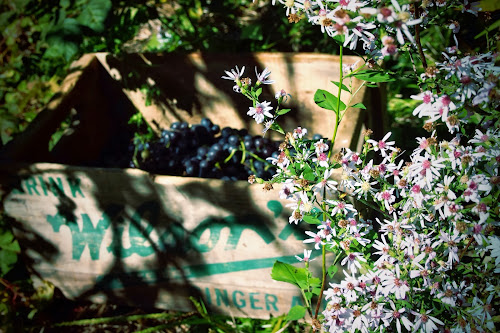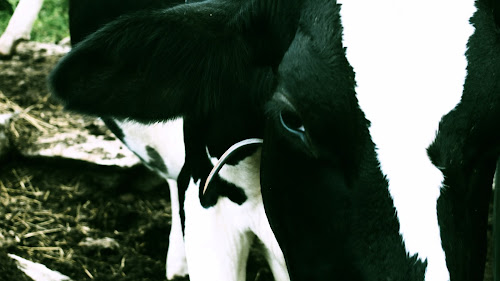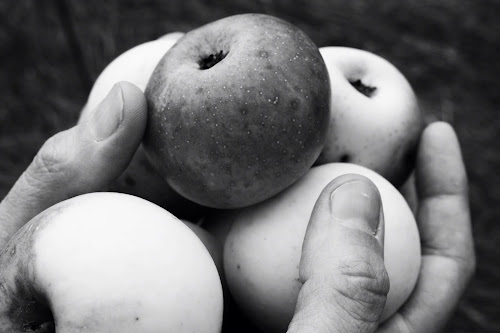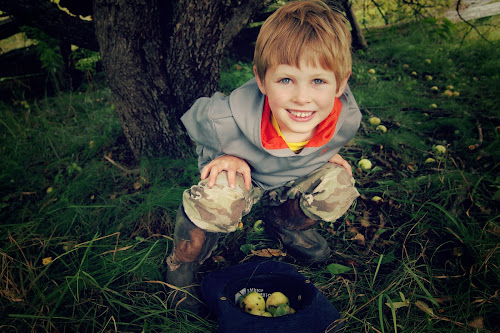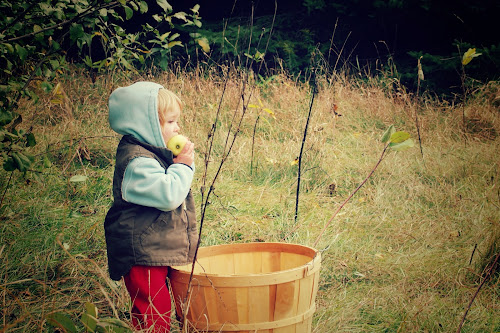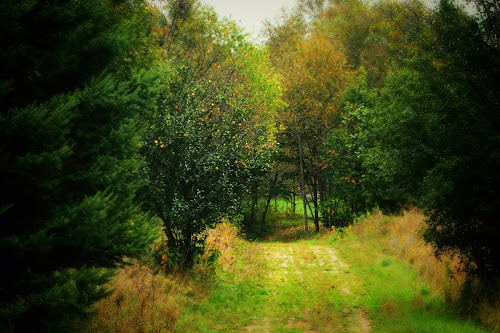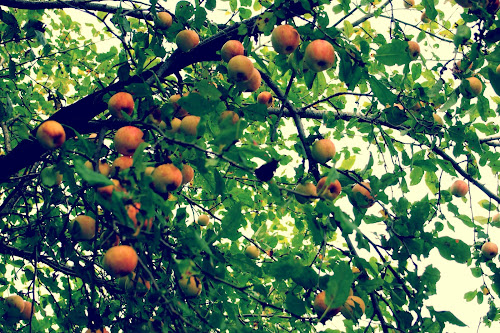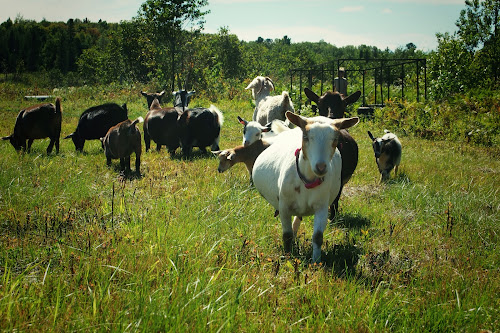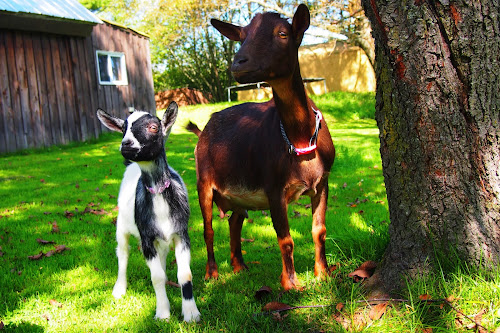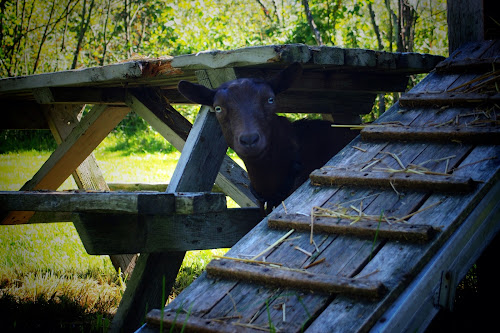Through this Fall and the coming Spring we'll be readying our land,
putting up fencing and building housing.
There have been farm visits and extra research.
Yes, we are expanding our homestead next spring,
with goats!
Specifically, we are purchasing Nigerian Dwarf goats.
3 to 4 does and 2 buck kids.
These goats are a small breed but they have a lot to offer.
Their milk is exceptionally rich in butterfat, which makes their milk ideal for cheese, soap and ice cream!
where Angee and Geordon gave us a tour of their goat farm.
While Andrew and I were checking out the goat buildings, milking station and fencing, our kids played with the goats and their toys.
I can see now that both the goats and our kids are going to entertain each other.
They may be out for hours on end, playing.
When we sat down to have lunch, we were offered some goats's milk
and ice cream!
If you have had goat's milk from a grocery store you will know that it has a very distinct 'goaty' flavour.
But this milk was delicious!
It was thick, creamy, and to my surprise, didn't have that 'goaty' taste.
The real taste test was up to our kids, who loved the goat milk.
We had orange and mint chip ice cream, which our kids ate eagerly.
Nigerian goat's milk is so high in butterfat that you don't need to add any gelatine or other additives to thicken homemade ice cream.
It is made simply with milk, sugar to taste and your favourite flavouring.
How great is that?!
The goats were playful, friendly, and each had a personality of it's own.
Our visit to Angee and Geordon's farm eased any hesitations we had left about getting goats. We're ready!
And excited about our own milk, ice cream, cheese, and goat's milk soap!
There is much to learn between now and when we get our goats,
like health maintenance, feeding, birthing, milking, hoof trimming, raising kids, and more.
It's another new challenge for us,
but we know it will be worth it.


